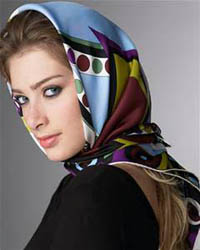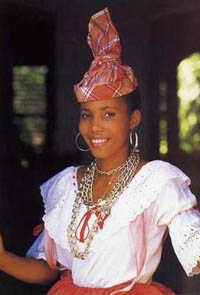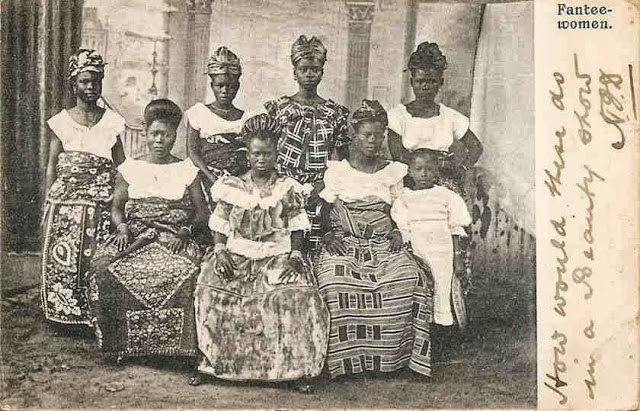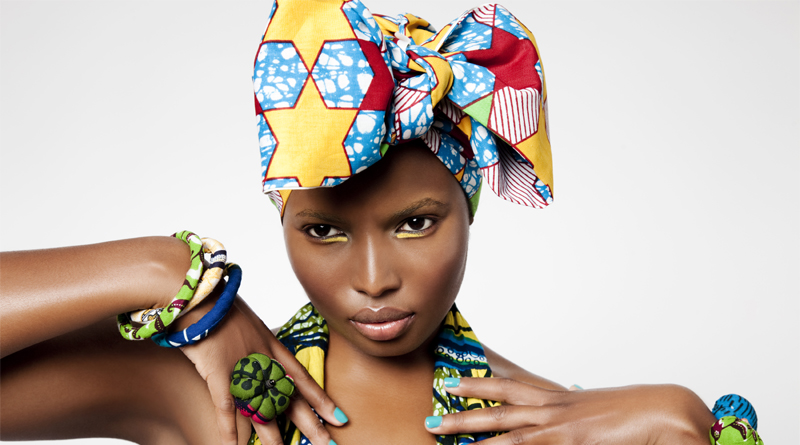GET YOUR HEAD WRAPPED AROUND WRAPPING
All over the world, every culture on every continent uses some form of head covering – whether its tightly woven turbans, extravagant geles, or flowing scarves, women have been (and still are) wrapping their heads for centuries.
For example, did you know it was used as a method of communication among slaves? Or why a law was passed in Louisiana forcing women to wrap their heads?

Head wrapping is popular all over the world, but that doesn’t mean everyone does it the same way. It’s often possible to detect the geographic background of the wearer by the method and style in which they wrap their heads. Interestingly, there are two distinct styles: downwards for western cultures and upwards for African.
The beauty and appeal of the hair wrap in black culture is the overall appearance. The uniquely organic shape sits on the head like a crown to beautifully frame the face and elongate the neck to give a very elegant and regal appearance.
There are usually three main reason a woman might wrap her hair:
- religious – to show respect to the higher power.
- spiritual – to make a deeper connection and show solidarity.
- practical – to protect the wearer from external forces and pollutants.
In many African tribal societies it has long been the tradition for hair always to be neat, tidy and of course beautifully styled. If this could not be maintained because of time or practicalities then the head should be covered.
Throughout history we see particular fabrics and patterns being used again and again. Some are very symbolic and deeply embedded in each country’s historical past. Let’s take a look two: the Madras cloth worn in many of the Caribbean islands and the gele (gay-lay) worn throughout Africa but especially by the Yoruba people.
The Madras cloth
In the Caribbean & the Americas
The original Madras was of a plain cotton made in the Madras region of southern Indian (now Chennai). During the 1800s, the Scottish presence in India not only dominated the political landscape but influenced the design of the Madras cloth to include a tartan stripe design.
According to Zamor, the Scottish controlled all trade activities and used the East India Company to export the new design to African and Middle-eastern countries. The popularity of the Madras became particular strong in Britain and French speaking countries.
The practice of wrapping heads during this time was largely compulsory for slaves to the extent that kerchiefs were issued as part of the uniform to differentiate roles on the plantation such as field slave and house slave.

In addition, communicating and courtships were restricted and controlled. The Madras head wrap became an ingenious instrument with which to communicate and the women created a head tie called the ‘Tête en l’Air ‘ or Tete Calendee (‘head in the air’), wrapped like a beret with added flourishes of peaks which were not just decorative but communicated crucial information to a potential suitor such as:
One peak – I am single
Two peaks – I am married
Three peaks – I am a widow
Four peaks – I am available & can be approached for courting
In the Americas – Louisiana
After the abolition of slavery the relatively small numbers of European females that remained complained about the competition that freed slaves posed to their men folk. As a result, Governor Miro passed a law for women of colour to cover their heads with a knotted kerchief and to refrain from “excessive attention to dress”. It was hoped the Tignon law would prevent freed women looking too attractive and would create an inferior social class that were easily recognisable by their dress.
Instead of restricting freed women, the Tignon Law created a sub-culture where kerchiefs and surplus clothes were adapted to create organically shaped headpieces, decorated with flowers, jewellery, beads, and feathers to compliment the dress of fashionable freed women.
Today, many variations of the Madras are used throughout the Caribbean, America and Guyana. And the Tigon and Tete en l’Air can be seen mainly in the French Caribbean islands.

The Gele – in Africa
The gele (gay-lay) is the most popular form of head wrap and is worn by the Yoruba culture which extends from West Africa to Benin, Ghana and Togo, with its largest population in Nigeria.
Today, geles are probably the most extravagant form of head wraps but this was not always the case. In traditional Yoruba culture it was much simpler in style and like the Tete en l’Air of the Caribbean its purpose was to communicate the wearer’s status depending on its structural lean:
A gele ends leaning to the left – I am single
A gele ends leaning to the right – I am married
Modern geles are opulent and flamboyant in order to display the wearer’s fabulousity. They are made from intricately woven fabrics of rich vivid yarns that convey the wearer’s sophistication and strong sense of style.
Gravity defying shapes require a certain level of grace and deportment to carry off. The overall effect will not only to make you stand out from the crowd, but give the wearer a majestic elegance and graceful presence.
Today, the gele is the must-have fashion accessory associated more with conspicuous consumption than tradition. No longer restricted only to the wealthy, anyone can take part in displaying their wealth, aspirations and position in society.
Why should I wrap my hair now?
We are fortunate enough to be able to make our own choices on whether to cover our heads or not. If you already wrap your hair you’ll know the sense of pride you feel. If you have never wrapped your hair before – give it a try, because every time you do you will connect with thousands of years of heritage.
ABOUT THE AUTHOR:
Suhara Philgence is founder of Afrodite Lace Wigs & Extensions. Afrodite supplies a range of high quality full lace and lace front wigs, in both glue- and glueless styles as well as premium hair extensions. Wigs are offered in a variety of grades including unprocessed natural virgin & Remy human hair. Afrodite lets women everywhere enjoy fabulous looking, natural hair throughout the year. For more information see: www.afroditewigs.co.uk
Social Media:
Afrodite Facebook – https://www.facebook.com/afroditewigs
Afrodite Twitter – @afrodite_lwe
Afrodite Google+ – https://plus.google.com/+AfroditewigsCoUk/
MAIN/TOP IMAGE
Photo: Anna Fayemi
Styling: Stephanie Mousse
Hair & Make-Up: Sandra Bermingham
Model: Sherene McNichols

